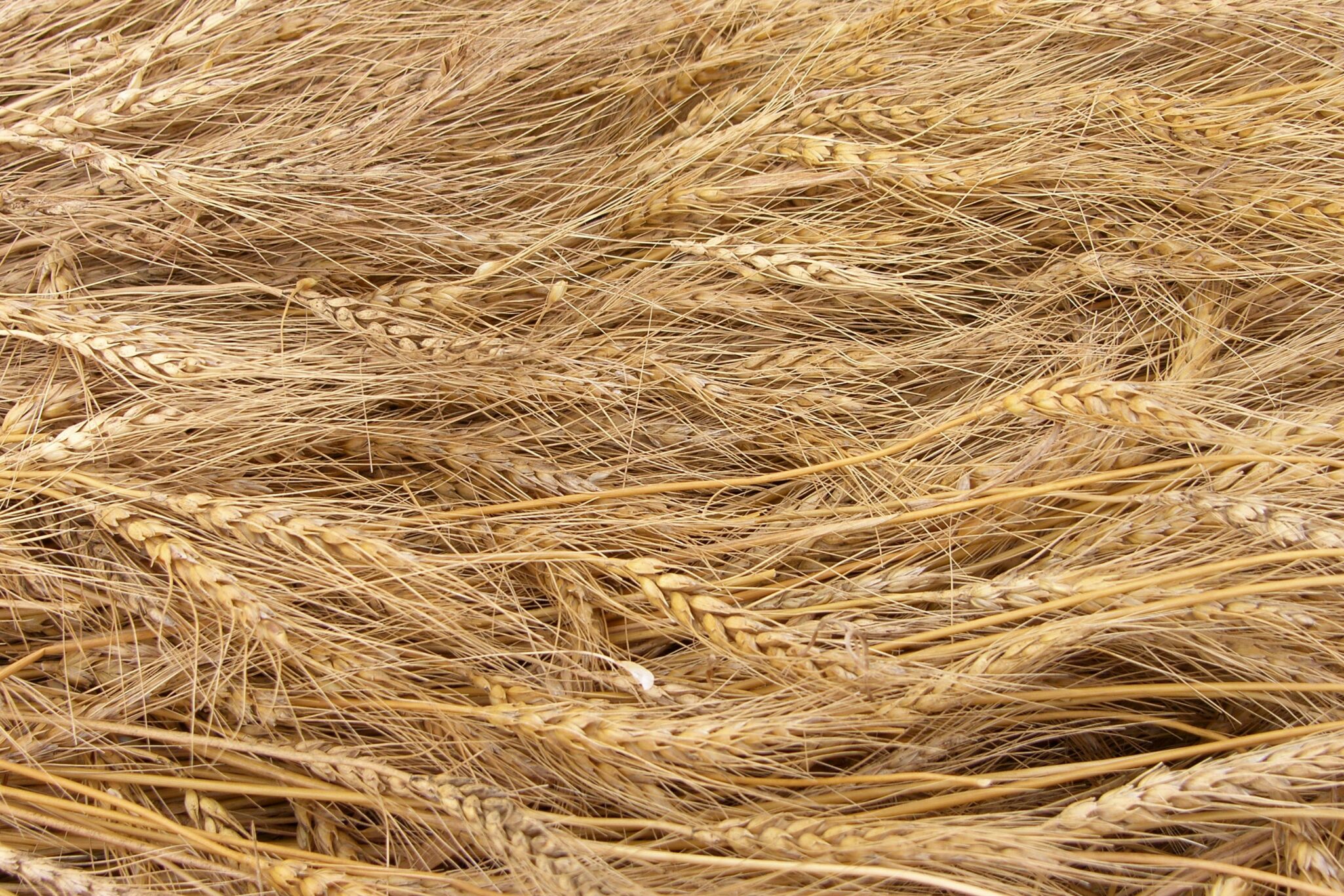Key Takeaways
- Agricultural commodities recorded mixed performance in mid-December, with continued pressure across grains and oilseeds, while several soft commodities posted strong gains.
- Corn (+0.86%) was the only major grain to finish the week higher; soybeans (-2.58%) and wheat (-1.35%) declined.
- Cocoa (+10.33%) and orange juice (+11.98%) delivered the strongest weekly gains among soft commodities.
- Oilseeds weakened broadly, with canola (-1.85%), palm oil (-3.23%), and rapeseed (-0.16%) ending lower.
- Industrial-linked commodities were mixed, while livestock markets showed selective strength amid continued volatility in eggs and dairy.
Grains and Oilseeds Remain Under Pressure
Grain markets softened during the week, reversing the stabilization observed in late November.
Soybeans declined -2.58%, extending short-term weakness, while wheat fell -1.35% amid continued pressure across global contracts. Corn outperformed peers, posting a modest weekly gain of +0.86%.
Secondary grains remained weak. Oats fell sharply (-7.21%), continuing a multi-week decline, while rice dropped -1.75%. Barley was the exception, edging higher by +0.77%.
Oilseed products were broadly lower. Canola declined -1.85%, palm oil fell -3.23%, and rapeseed slipped -0.16%. Sunflower oil was effectively flat (+0.04%).
Soft Agricultural Commodities Led by Cocoa and Orange Juice
Soft commodities delivered the strongest performance of the week.
Cocoa rose +10.33%, extending its rebound despite remaining significantly lower year to date. Orange juice surged +11.98%, reflecting continued volatility from historically depressed levels. Sugar advanced +2.03%, marking a second consecutive positive week.
Coffee declined -2.74%, giving back part of its recent gains, while cotton edged lower (-0.18%). Tea was broadly unchanged (-0.03%).
Industrial Agricultural Commodities Mixed
Industrial-linked agricultural commodities posted mixed results.
Lumber gained +3.16%, partially reversing earlier losses. Rubber advanced +1.06%, continuing its gradual recovery. Wool rose +1.38%, adding to its strong year-over-year performance.
Butter increased +3.43% after sharp declines in late November, while potatoes were unchanged (0.00%) but remained deeply negative on a monthly and annual basis. Milk (-0.81%) and cheese (-0.59%) both declined modestly.
Livestock Markets Show Divergent Trends
Livestock markets remained mixed across categories.
Lean hogs gained +3.52%, live cattle rose +1.28%, and feeder cattle edged higher (+0.10%). Salmon posted a strong weekly gain of +7.68%.
Egg markets continued to weaken. U.S. egg prices fell -24.13% week over week, while Chinese egg prices declined -1.38%. Beef (-0.40%) and poultry (-0.49%) also ended the week lower.
Comparative Weekly Agricultural Commodities Performance
Late November vs. December 8–15, 2025
| Commodity Group | Late November Trend | Dec 8–15 Weekly Outcome | Direction vs. Prior Period |
|---|---|---|---|
| Major Grains | Broad rebound | Mostly lower (except corn) | Momentum weakened |
| Secondary Grains | Mixed to stable | Mostly lower | Downside pressure increased |
| Oilseeds & Oils | Recovery phase | Broadly negative to flat | Reversed lower |
| Soft Commodities | Volatile, mixed | Strongly positive | Shifted to strength |
| Industrial Ag Commodities | Weak to stabilizing | Mostly higher | Gradual recovery |
| Dairy | Highly volatile | Continued divergence | Instability persisted |
| Livestock & Proteins | Uneven | Mostly positive | Selective improvement |
| Egg Markets | Declining | Sharply lower | Continued contraction |
Data Source: Trading Economics, week ending December 14, 2025
Compiled by: iGrow News Market Dashboard
WASDE Data


